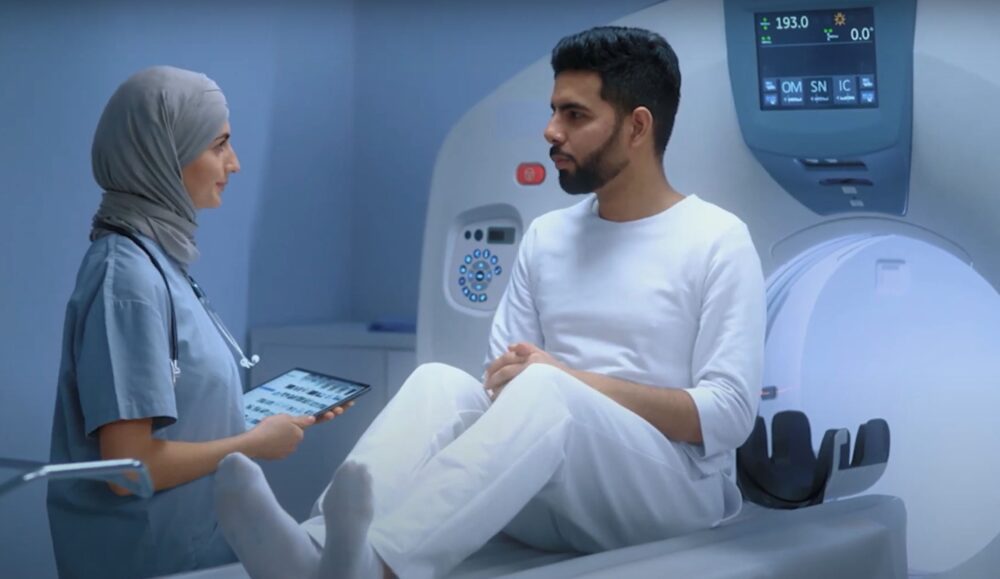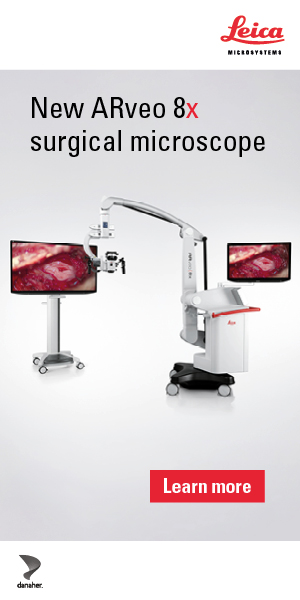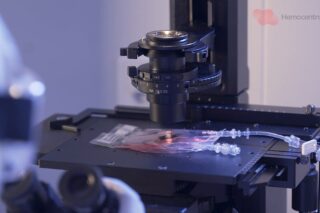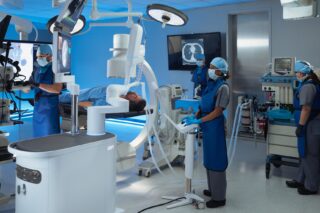Infrastructure innovation is proving critical to improving patient safety, clinician satisfaction, and digital integration in modern hospitals.
As healthcare systems globally transition toward smarter, more sustainable, and patient-centered models, infrastructure is no longer just a passive container for clinical activity. The architecture of a hospital now plays a proactive role in patient recovery, infection control, digital medicine, and workforce resilience. With this shift, design becomes a clinical tool—one that shapes outcomes at the individual and systemic level.
ARC International Design Consultants, a leading force in this paradigm, is redefining healthcare infrastructure across Europe, the Middle East, Africa, and Asia. One of the firm’s latest projects, the 148,000 m² New Care Hospital in Riyadh, Saudi Arabia, epitomizes this transformation. Blending advanced evidence-based design, modular architecture, and telehealth-ready systems, the facility aligns with Saudi Arabia’s Vision 2030 goals for preventive care, sustainability, and digital innovation. While the project is scheduled to be completed in 2027, construction on the foundations and groundwork has begun.
Reducing Hospital-Acquired Infections (HAIs)
Hospital-acquired infections (HAIs) remain a critical challenge, responsible for prolonged hospital stays, increased antibiotic resistance, and billions in global healthcare costs. Architectural design—when informed by clinical flow, materials science, and environmental controls—can mitigate these risks.
“The way hospitals are designed strongly impacts operations and could play a major role in facilitating control of HAIs,” said Pedro Gargaté, Healthcare Design Manager at ARC. “From the zoning of departments and segregation of clean and soiled paths to the positioning of handwashing stations and air pressure control, every detail contributes.”
At ARC, zoning strategies are informed by clinical adjacencies and contamination risk. In projects like the New Care Hospital, operational zoning ensures that emergency, surgical, and inpatient areas are physically and functionally separated, reducing cross-contamination. Isolation rooms and single-occupancy inpatient rooms limit airborne and contact transmission. Material choices also reflect HAI mitigation goals: seamless, anti-microbial surfaces; rounded corners; and non-porous finishes facilitate thorough disinfection.
On the MEP (Mechanical, Electrical, and Plumbing) front, Gargaté noted the importance of “air renewal cycles, HEPA filters, and room air pressure control” in preventing the spread of airborne pathogens. These engineering strategies, paired with process-driven layout planning, contribute to lean, resilient hospitals with lower infection rates and improved patient throughput.
Integrating Telehealth, Remote Monitoring, and AI Diagnostics
The integration of telehealth, remote patient monitoring (RPM), and AI-based diagnostics into hospital infrastructure is no longer futuristic. It’s an operational necessity. From central command centers to decentralized wearable-enabled care, the physical and digital realms of healthcare are converging.
Gargaté emphasized that while the spatial requirements for telemedicine may be modest, its technological demands are significant.
“The most important aspect is the provision of a robust technical infrastructure that could support data transfer and be scalable to future demand.”
ARC designs facilities with embedded infrastructure for secure EHR integration, encrypted video consultations, and AI-assisted diagnostics. Projects like the Dr. Soliman Fakeeh Hospital in Al Madinah demonstrate this with digital-ready rooms, patient wearables, and integrated health information systems. Smaller, flexible spaces—like teleconsultation pods—replace traditional outpatient volumes, reducing on-site patient density and associated risks.
Moreover, the use of “virtual hospitals” within ARC’s networked models enables centralized services to reach regional and rural hubs.
“We are pointing to more decentralized and smaller facilities,” Gargaté added, “supported by strong online service provision… with the physical space mostly prepared to receive acute and complex cases.”
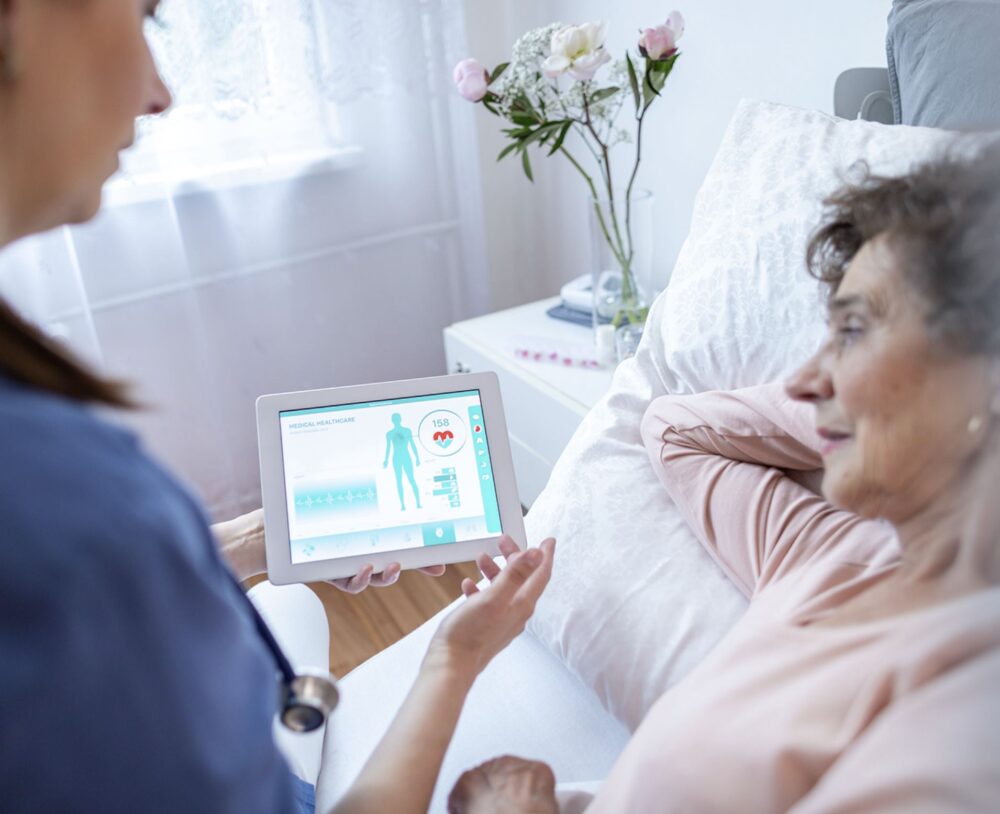

Improving Clinician Retention, Reducing Burnout, and Supporting Multidisciplinary Collaboration
Clinician burnout and workforce attrition are among the most pressing threats to healthcare delivery. Infrastructure—when designed for human use—can significantly ease these pressures. From natural light to smart workflow zoning, the built environment can enhance staff well-being, collaboration, and operational flow.
“It is imperative to look to healthcare facilities as spaces where people—patients, staff, caregivers—spend long and very important periods of their lives,” Gargaté explained. “Staff retention… is naturally related to a good working environment.”
ARC’s facilities offer decentralized nursing stations to reduce walking distances, strategically located respite zones, and access to daylight in clinical areas. In the New Care Hospital, vertical cores ensure proximity between clinical teams and support functions, while biophilic design brings greenery and light into staff lounges and corridors. These measures, while architectural in nature, have direct physiological and psychological benefits.
Furthermore, spaces for interprofessional collaboration—knowledge-sharing areas, cross-functional treatment zones, and digital simulation rooms—encourage communication across disciplines. In the A Coruña University Hospital Complex, dedicated education and simulation environments enhance continuous learning and interdisciplinary synergy.
The A Coruña University Hospital Complex renovation features a new surgical wing with 18 operating rooms outfitted in seamless, antimicrobial surfaces for infection control. Enhanced with natural light via large façades and skylights, the design supports faster patient recovery and clinician alertness. Restorative zones and reopened courtyards promote staff well-being and interdisciplinary collaboration.
ARC International Design Consultants exemplify how hospital infrastructure can function as a precision instrument of healthcare delivery. From mitigating infection risk to reducing clinician burnout and enabling digital transformation, architecture is now deeply intertwined with medicine.
